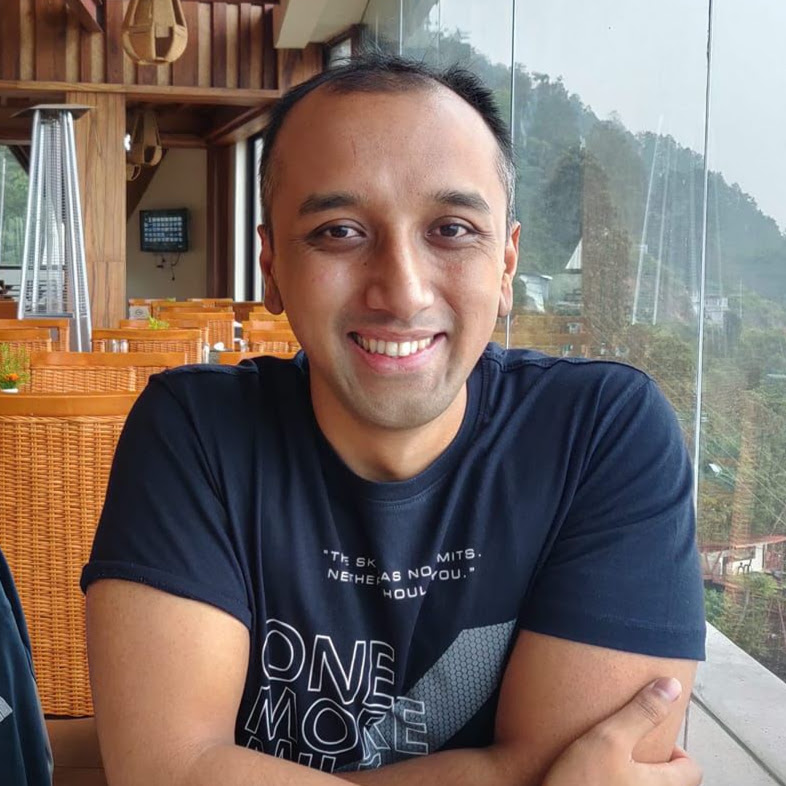United we lead

From my work experience as a project manager, I have come to understand that our key role is to consistently achieve successful project outcomes by using a methodology based on the nature of that project. We keep the team productive in a routine manner with the tools that we have, however, to excel in this role, leadership skills are essential alongside management capabilities. Our project team should look up to us and have that trust to come to us when in need. Only then, when we have a strong team, can we have a successful project delivery. Read on to discover how I became a good project leader and what you can do to become the best possible leader for your team.
To become a leader, you should first know how to follow. By watching other leaders and learning their decision-making process, I slowly started to build patience and learned when to speak up and when not to. Achieving this balance is a crucial skill for a leader to cultivate.
How to lead with empathy
As a project leader, I have always prioritised the well-being of my team; they’re the core people responsible for completing the tasks. Leaders support their team through both good and bad days. During the good times, I acknowledge their hard work and provide encouragement and recognition which raises a sense of appreciation. Meanwhile, in the bad moments, I encourage them to talk to me and lean on me for support. This moment of empathy is when the team realises that their team leader is there to understand them. We should be creating an environment where team members feel comfortable discussing any concerns or fears, providing support and guidance as needed, whether by consulting with the seniors or exploring alternative solutions. Project leaders should be the ones to make the tough decisions and if they work out well, always give credit where credit is due and take the responsibility of that action if it doesn’t go to plan.
Keeping everyone happy
As a project leader, I try my best to maintain a balance between my team, superiors and clients. Whenever concerns arise from any party, I listen and try to understand them and only then will I take the necessary steps for improvement. For example, from my team members, I often hear dissatisfaction with senior decisions, inadequate tools, or disturbance they get directly from the clients or somewhere else. From my superiors, they might express dissatisfaction with the team's output, project requirements, or the quality of deliverables. Similarly, clients raise concerns about response times, project estimates, or technical capabilities. All of these things come to me and as the bridge between all of them, I need to acknowledge all of those points and handle them in a professional manner.
Each person communicates differently
I have faced many critical questions from my team members, which is a good thing. This is an opportunity to show and develop your communication skills. For instance, when I was questioned about the reason behind estimating work items, I explained that it's not solely about accuracy but also about understanding the workload relative to capacity and collectively planning realistic timelines. Not all people will communicate in the same way, and you need to figure out how to communicate with them better so that they understand you or your working methods. However, you need to do more than just communicate with your team, you also need to show them that you’re engaged and tuned into them. I feel that eye contact, appropriate facial expressions or even just the tone of my voice also plays a vital role in creating a strong bond with the person to whom I am talking to. At the end of the day, don’t pretend to be someone you’re not and just be genuine and sincere with good intentions.
Leaders take risks on people, believe in people, have empathy, integrity and confidence to advance a vision. They keep learning new things from seniors, juniors, friends, family and mistakes. The main thing is they aren’t embarrassed about these things, rather they embrace them and see these things as an opportunity to self-grow mentally, emotionally and intellectually. Certificates are just technical guidelines, guiding others and being consistent within the role is what makes a good leader. And so, united under the guidance of a leader, teams can achieve their goals with greater efficiency.


0 comments
Log in to post a comment, or create an account if you don't have one already.